Torlonia marbles: 'The priceless statues I saw covered in dust and dirt'
- Published
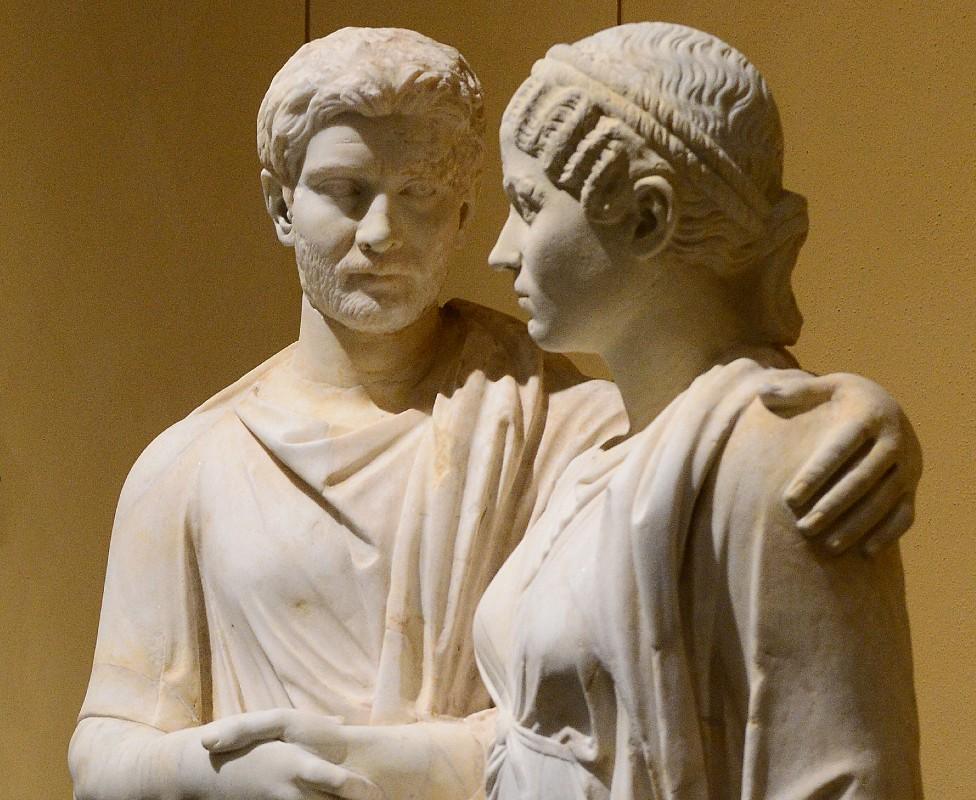
One of the world's most important collections of marble busts and statues from ancient Greece and Rome is on public view in the Italian capital for the first time since World War Two. The BBC's David Willey is one of very few people who had seen them before.
The first time I saw the amazing Torlonia Marbles was more than 40 years ago. They were crammed higgledy-piggledy into a series of ill-lit strong rooms behind steel doors, and covered in dust, grime and rat droppings. It was a real shock to glimpse valuable and famous works of art in such a sorry, dirty, abandoned state.
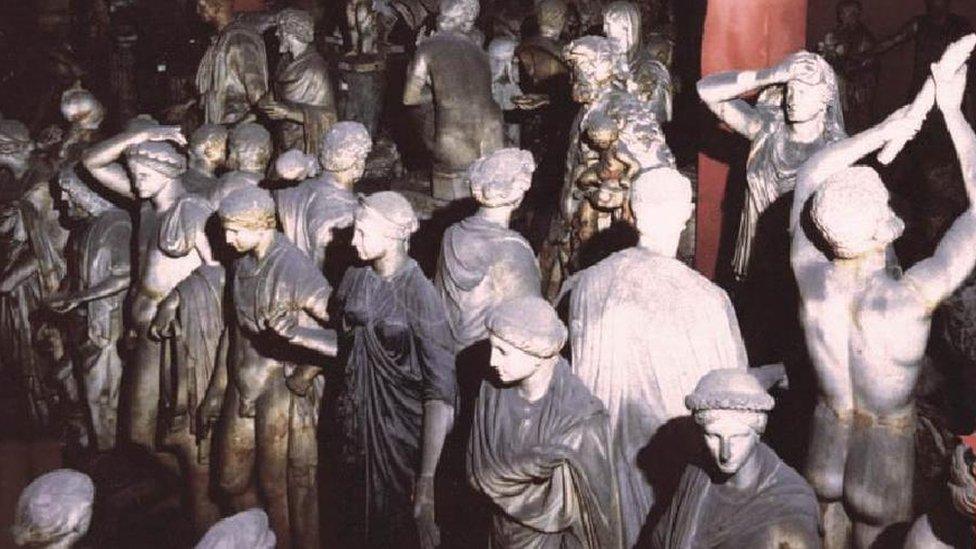
The statues, hidden away in a dirty storage room
I was living at the time in an apartment inside the former Torlonia Museum and I noticed a big steel door on my staircase. I asked the building superintendent what lay behind the door, and one day, after much insisting, he gave in and I was allowed a glimpse. "The prince would never allow anyone inside," he whispered.
The marbles had been put on restricted display in the mid-19th Century, but at the beginning of the war they had been moved to this safer place.
The conversion of the museum into flats for rent had been done totally illegally. But no-one seemed to mind. Our building near the river Tiber was one of several palaces in Rome owned by the princely Torlonia family.
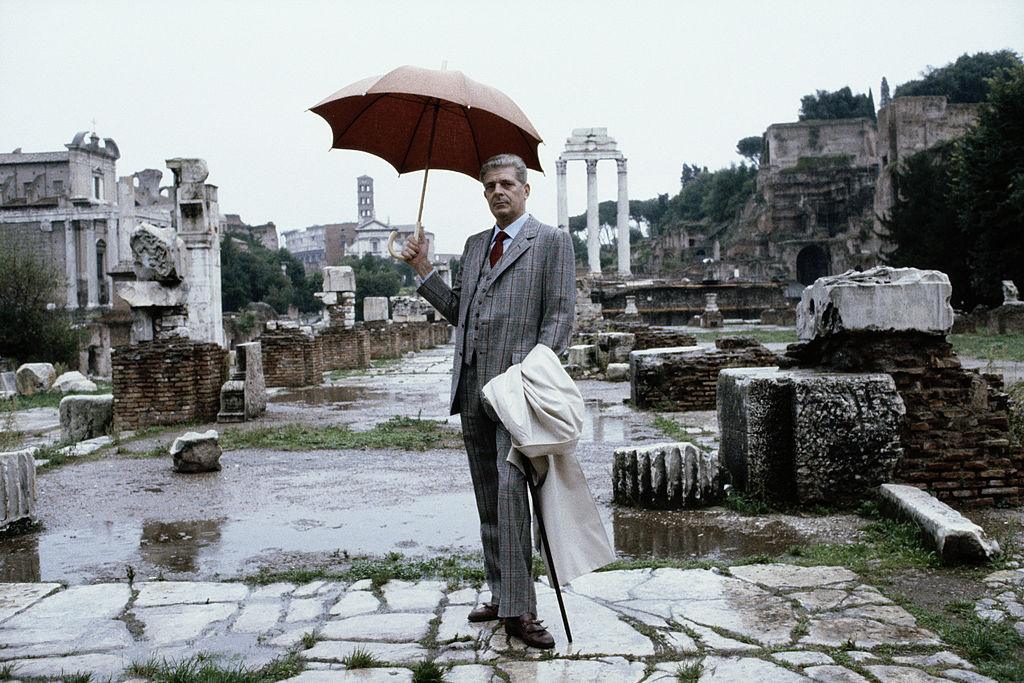
Prince Torlonia in 1984
Rome's nobility all officially lost their titles when Italy assumed a republican constitution in 1948, but resoundingly titled families - some of them claiming bloodlines leading back to the Middle Ages and, hard as it is to believe, even as far back as imperial Rome - seemed immune to normal rules.
From Our Own Correspondent has insight and analysis from BBC journalists, correspondents and writers from around the world
Listen on iPlayer, get the podcast or listen on the BBC World Service, or on Radio 4 on Saturdays at 11:30 BST
My flat was in fact one of 90 mini-apartments built around a garden courtyard full of orange trees which perfumed the place with sweet fragrances at blossom time in the spring. The museum had been created out of what was originally a grain warehouse.
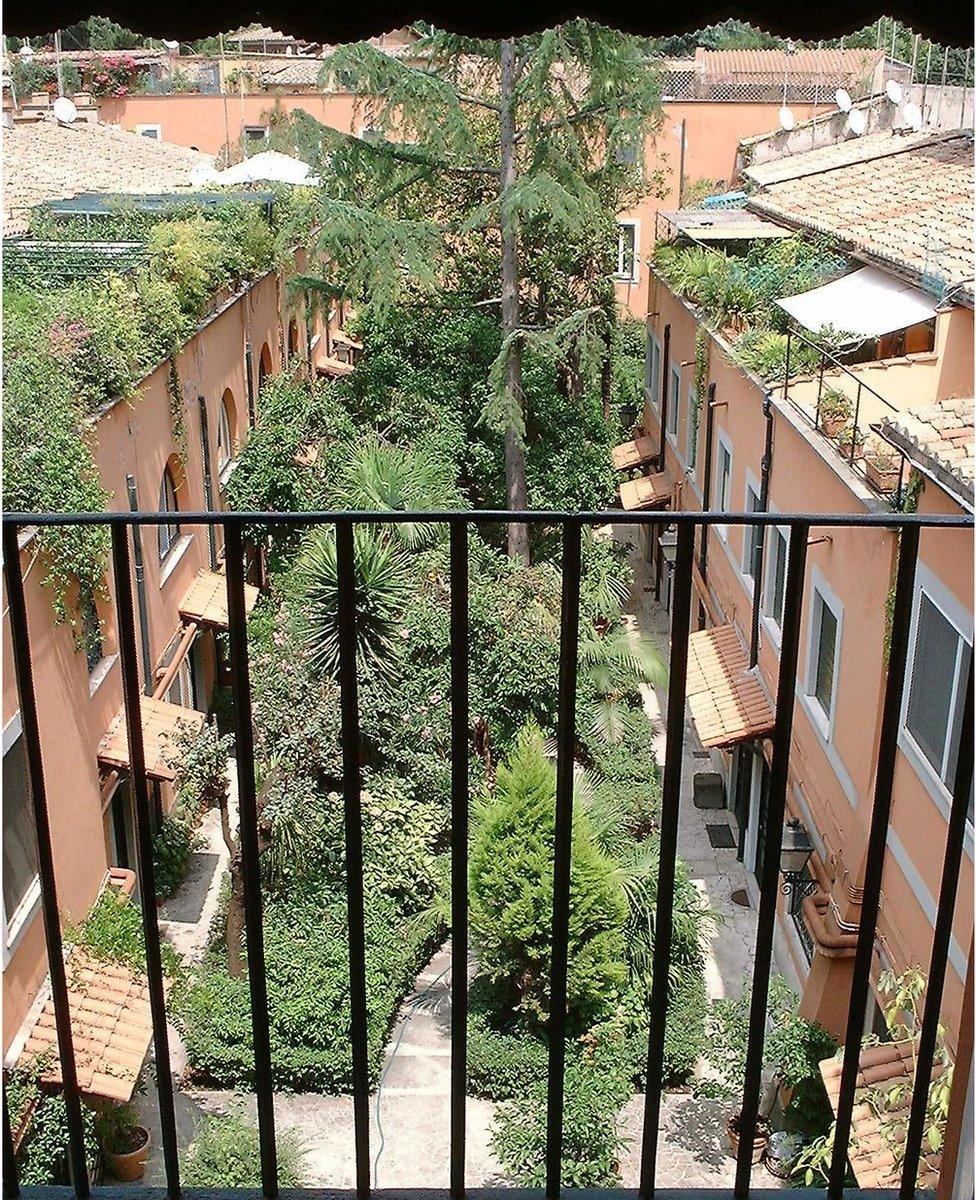
Looking down on the courtyard from David Willey's former flat in what was once the Torlonia Museum (2004)

The Torlonias are relative newcomers to Italy. The family, French in origin - the name was originally Tourlonais - arrived here shortly before Napoleon invaded the country and carted the Pope and many of his Vatican art treasures off to temporary exile in France. The first prince made a fortune first as a fashionable textile merchant and subsequently as principal banker to the Vatican, and he purchased rather than earned his titles.
I never thought I would see the famous collection of statues restored. At one point former Prime Minister Silvio Berlusconi attempted to purchase the entire collection and present them to the Italian nation, but the deal never came to anything. The astonishingly lifelike white marble statues and portraits remained locked away in dusty obscurity throughout my stay in the former museum.

Torlonia marbles
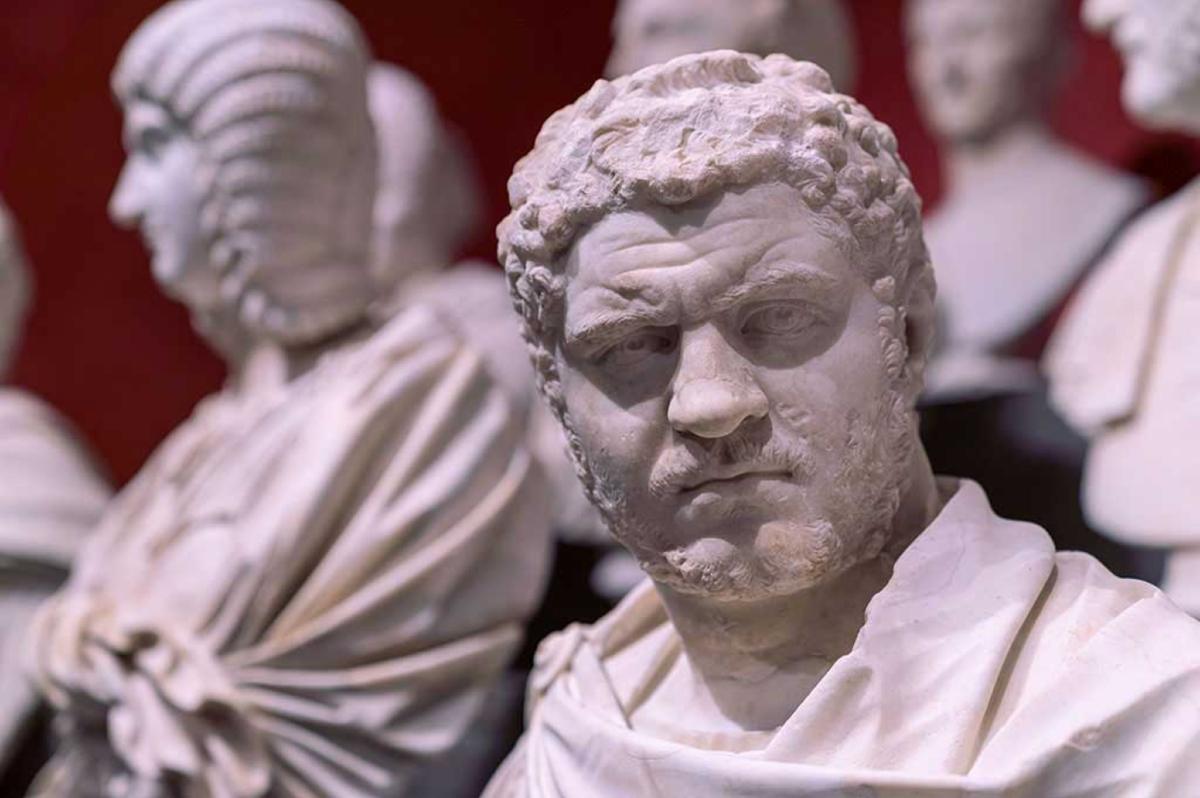
A portrait bust of the emperor Caracalla
The collection consists of 620 sculptures - including statues, portrait busts and sarcophagi - 92 of which are on display, after cleaning and restoration
The family amassed the hoard by buying other private collections, and from excavations on its own estates
The exhibition opened in October in the Villa Caffarelli in Rome, but closed more than once because of the pandemic - it reopened most recently on 26 April and is due to end on 29 June
No dates have yet been set for the exhibition's foreign tour

For decades Torlonia family inheritance squabbles prevented any agreement on the future of the priceless and irreplaceable private collection. The breakthrough came a few years ago, shortly before the old prince died, when a cultural foundation was created to restore the collection under Italian government supervision.
Before a new permanent home is found for them in Rome, some of the marbles will travel on loan, to the Louvre, the British Museum and to the US.
One of the highlights of the exhibition is a large marble plaque showing a vivid scene at Rome's sea port of Ostia. Two large sailing ships crammed with cargoes from Africa are seen at anchor. Maritime historians say it's a unique pictorial record of how Roman navigators brought huge quantities of grain from what is now Libya to feed the burgeoning population of the capital city.
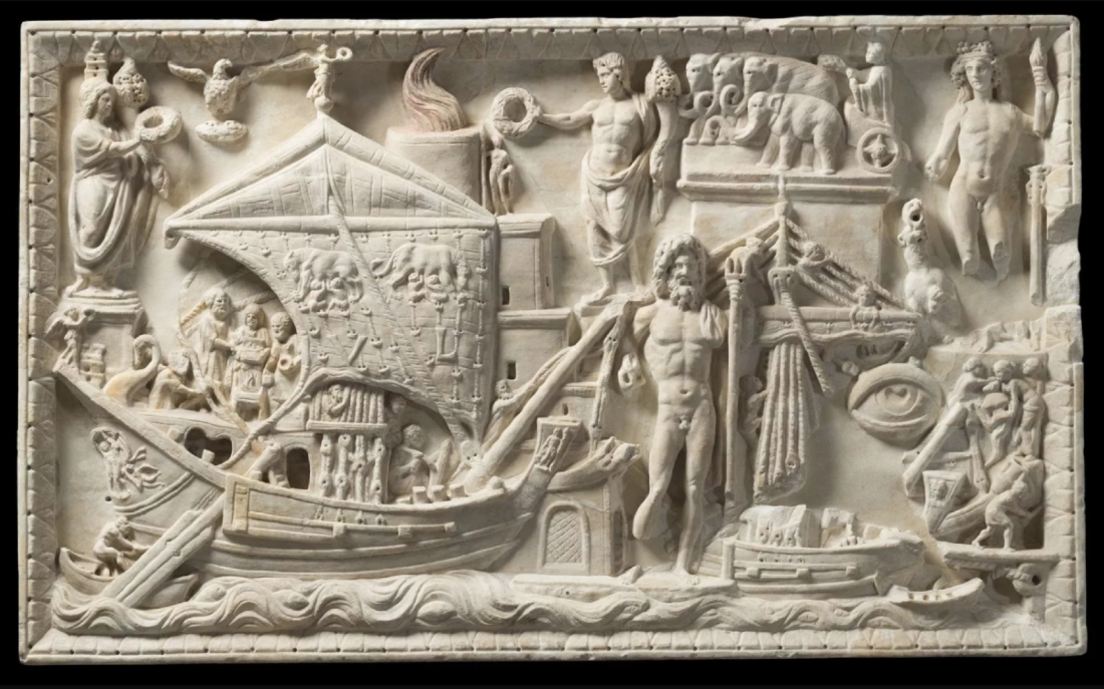
The sailing boats also brought heavy granite obelisks and coloured marble columns all the way from Egypt to embellish Rome's temples. In the background you can see a stone representation of the flame at the top of the lighthouse which signalled the entrance to Rome's harbour for ancient mariners. A touch of red was added by the sculptor to enhance the scene. It seemed as if he'd tried to apply a smudge of lipstick to illuminate and enliven a pallid face. Restorers also reported finding traces of the Egyptian blue, which originally coloured the representation in stone of the swirling harbour waters.
Another big marble plaque shows a unusually vivid scene from what looks like an ancient Roman butcher's shop. Carcasses of animals - two pigs, three geese and a hare - hang upside down on the wall while two women in long loose robes pose behind the cash desk.
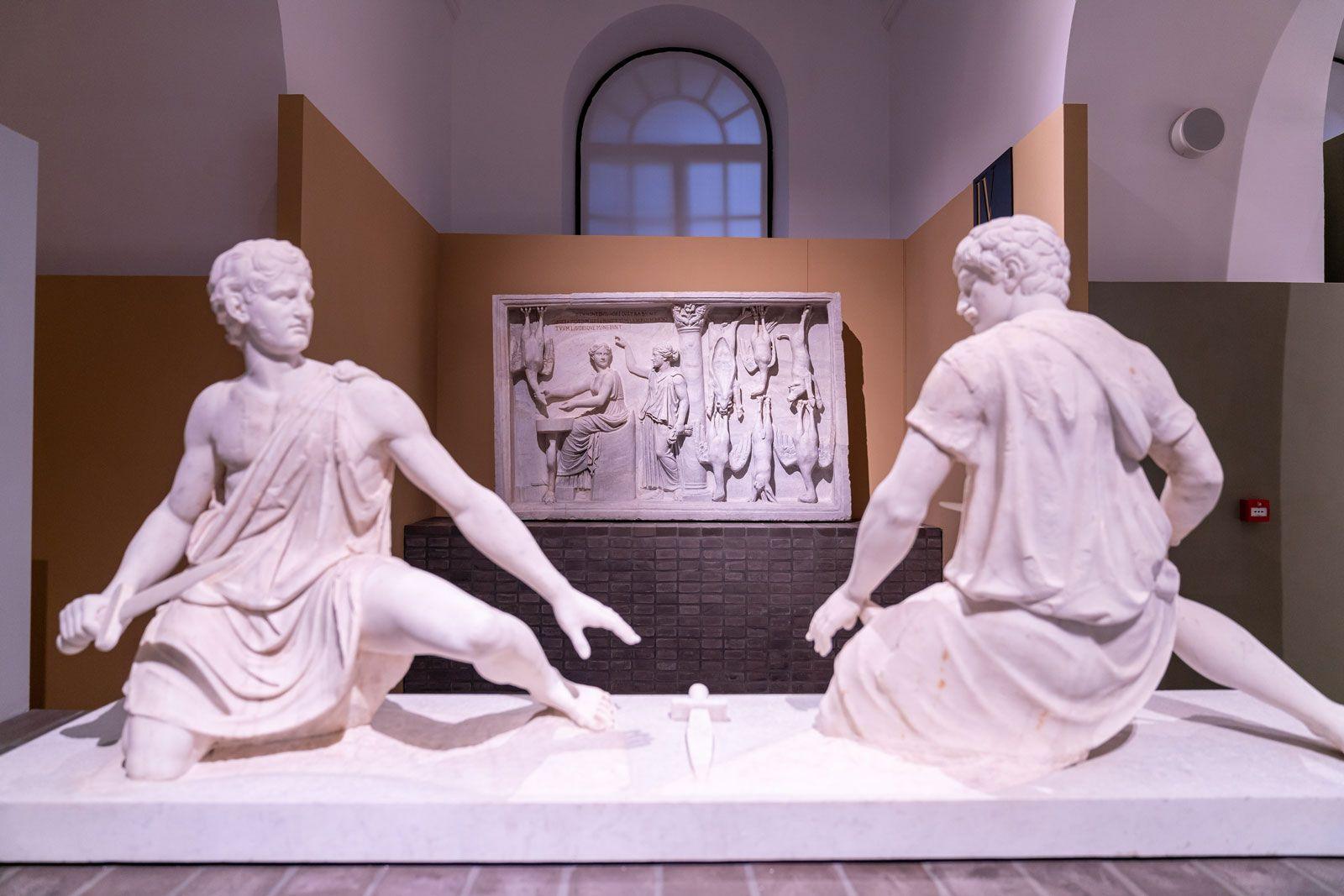
The butcher's shop plaque can be seen on the far wall
Many of the portrait busts have been identified as those of famous - and infamous - Roman emperors and their wives. Caracalla, for example (see above), and his barely teenage wife, Plautilla, who was murdered on her husband's orders, and suffered the indignities of being declared a non-person. It was common practice in the ancient world to erase the names and images of a disgraced person from the public record - in Latin this was called Damnatio Memoriae.
Dozens of the portraits were originally dug up with smashed noses and gouged eyes indicating they had been officially deleted from history. Questionable restorations of missing fingers and limbs and mismatches of heads and bodies have sometimes been criticised by art experts. But that's a separate story.
You may also be interested in:
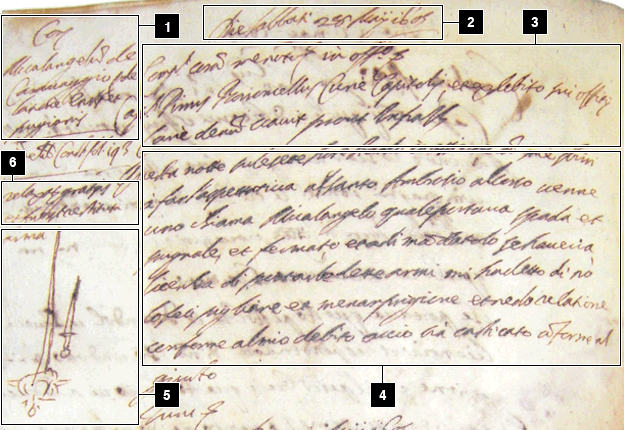
Four hundred years after his death, Caravaggio is a 21st Century superstar among old master painters. His stark, dramatically lit, super-realistic paintings strike a modern chord - but his police record is more shocking than any modern bad boy rock star's.